Step by Step Describe the Consequences of P53 Gene Mutation
The first step in p53-mediated transcription is the binding of the protein to its recognition site in DNA. The degradation of p53 is as mentioned associated with MDM-2 binding.

Biomolecules Free Full Text P53 S Extended Reach The Mutant P53 Secretome Html
Describe starting from transcription to translation to activation ending with function how this protein s shape and function could come out different abnormal after a change in p53 DNA sequence.
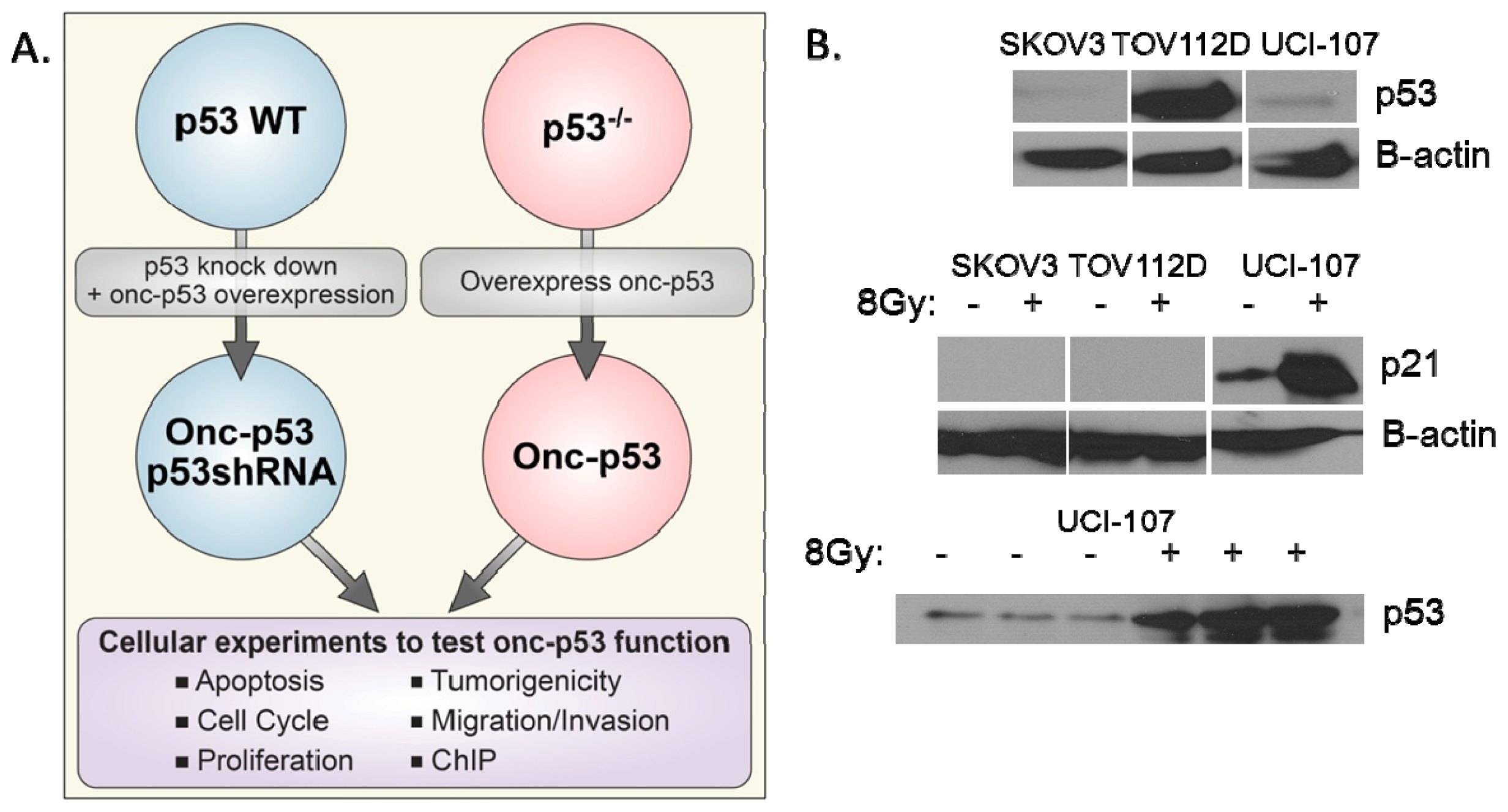
. However mutant p53s often dont induce MDM-2 and are thus able to accumulate at very high concentrations. The more defective the mutation the greater the risk. After various types of genotoxic insults p53 is stabilized translocates to the nucleus and binds as a dimer of dimers to its response element RE McLure and Lee 1998.
P53 mutations can cause expression of abnormal proteins or result in complete absence of P53 expression. This aids in the suppression of cancer or tumors and any mutation in the p53 gene may reverse the tumors mutation and lead to aberrant cell proliferation resulting in tumor development or cancer. Germline mutations in the TP53 gene are uncommon and associated with a specific cancer syndrome known as Li-Fraumeni syndrome.
PHILADELPHIA Rare inherited mutations in the bodys master regulator of the DNA repair system the TP53 gene can leave people at a higher risk of developing multiple types of cancer over the course of their lives. Immunohistochemical detection of P53 commonly used as a. Step by step describe the consequences of p53 gene mutation.
If there is a mutation in the gene sequence that code for p53 then there can be grave consequences. The effects of DNA mutations within the p53 gene on the structure and function of the protein encoded by the gene. As a result DNA damage can accumulate in cells.
This altered p53 protein cannot regulate cell growth and division and is unable to trigger apoptosis in cells with mutated or damaged DNA. In a negative feedback loop MDM-2 is itself induced by p53. For these reasons the role of P53 genetic disruption has different implications in different tumor types and may vary depending on the effect of the mutation on P53 protein function.
When this gene would be transcribed the nucleotide sequence of mRNA would also be changed. First things first the mutation would change the nucleotide sequence of double stranded DNA. Mutant p53 proteins not only lose their tumor suppressive activities but often gain additional oncogenic functions that endow cells with growth and survival advantages.
Most of these mutations change single amino acids in p53. Known mutations of the gene. Interestingly mutations in the p53 gene were shown to.
In health p53 is continually produced and degraded in the cell. Contrast this with the tumor suppressor BRCA1 which is an E3 ubiquitin ligase and can play a role in hereditary breast cancers Accordingly one of the ways by which mutations can cause p53 dysfunction is by a loss of DNA binding function. Rapid cell proliferation strongly needs of a ready supply of energy and basic macromolecules so mutant p53 proteins have been reported to facilitate the supply of cancer cells.
P53 is a tumor protein that regulates the cell cycle and aids in the tumor suppression process. How can it leaf to. Many of these mutant p53 proteins acquire oncogenic properties that enable them to promote invasion metastasis proliferation and cell survival.
Wild-type p53 regulates gene expression by directly binding to DNA in a sequence-specific manner. Results revealed that mutation of p53 gene was found in 94 of 128 resected specimens of NSCLC including point mutations in 86 cases deletion and insertion in seven and mutation of the linking site in one and 639 percent of point mutations were G-T and T-G substitution and 256 percent G-A and A-G. The impact of mutations on the structure of the protein encoded by the gene.
People with Li-Fraumeni syndrome often develop cancer as children or young adults and the germline mutation is associated with a high lifetime risk of cancers such as breast cancer bone cancer muscle cancer and more. Step by step describe the consequences of p53 gene mutation. Anatomy and Physiology questions and answers.
Rare inherited mutations in the bodys master regulator of the DNA repair systemthe TP53 genecan leave people at a higher risk of developing multiple types of cancer over the course of their. In the past fifteen years it has become apparent that tumour-associated p53 mutations can provoke activities that are different to those resulting from simply loss of wild-type tumour-suppressing p53 function. The essay should focus on the following discussion points.
In most cases the p53 gene is mutated giving rise to a stable mutant protein whose accumulation is regarded as a hallmark of cancer cells. Most of these mutations occur in highly conserved regions in the DNA-binding core domain of the p53 protein suggesting that the amino acid residues in these regions are critical for maintaining normal p53 structure and function. The tumor suppressor gene p53 has been identified as the most frequent target of genetic alterations in human cancers.
How mutations shape p53 interactions with the genome to promote tumorigenesis and drug resistance. The molecular epidemiology of p53 mutations allows the possibility of correlating particular mutations with specific environmental carcinogens and establishing one step in the causal pathway between exposure to carcinogens and the development of cancer. Now for the first time a team led by researchers in the Basser Center for BRCA at the Abramson Cancer Center of the.
The normal functions of the p53 gene. When TP53 mutations are inherited they cause LFS a disease that leaves people with a 90 percent chance of developing cancer in their lifetime. July 16 2020.
Describe starting from transcription to translation to activation ending with function how this proteins shape and function could come out differentabnormal after a change in p53 DNA sequence. Step by step describe the consequence of p53 gene mutation. The tumor suppressive transcription factor p53 regulates a wide array of cellular processes that confer upon cells an essential protection against cancer development.
In most cases the p53 gene is mutated giving rise to a stable mutant protein whose accumulation is regarded as a hallmark of cancer cells. Mutant p53 proteins not only lose their tumor suppressive activities but often gain additional oncogenic functions that endow cells with growth and survival advantages. That is the tumor suppressive effects of p53 are through transcription.
If such cells continue to divide in an uncontrolled way they can lead to the formation of bladder cancer. The major consequences of gain of functions mutant p53 affect the metabolism and the response to oxidative stress of cancer cells. A striking example is the G T transversion at the third base pair of codon 249 observed in liver cancer.
Describe starting from transcription to translation to activation ending with function how this proteins shape and function could come out differentabnormal after a change in p53 DNA sequence. Inactivation of the p53 tumor suppressor is a frequent event in tumorigenesis.
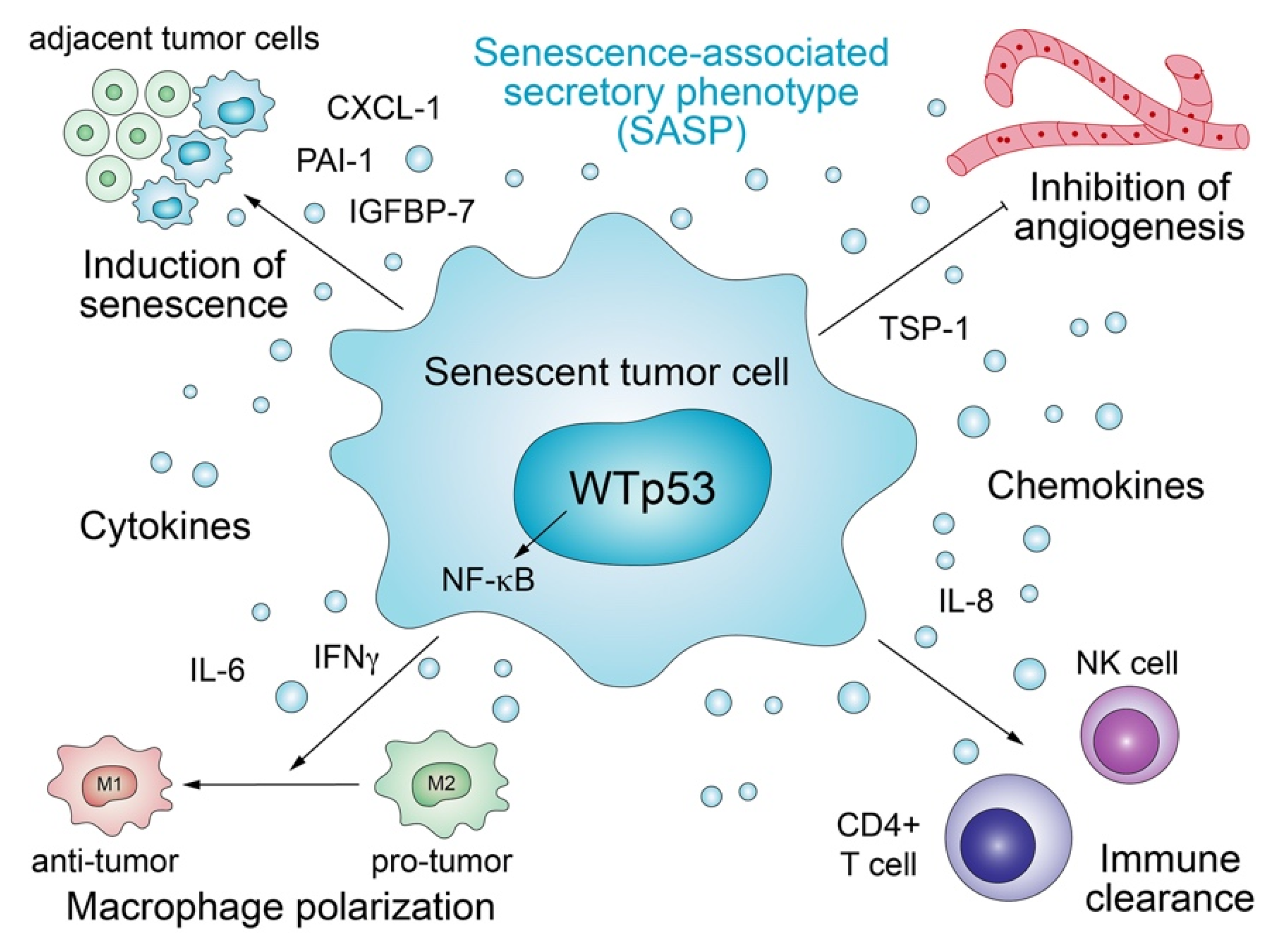
Biomolecules Free Full Text P53 S Extended Reach The Mutant P53 Secretome Html

Deletion Of Endogenous Wt But Not Mutant Tp53 Impacts Fitness In Human Download Scientific Diagram

Cancer And The Cell Cycle Biology For Majors I
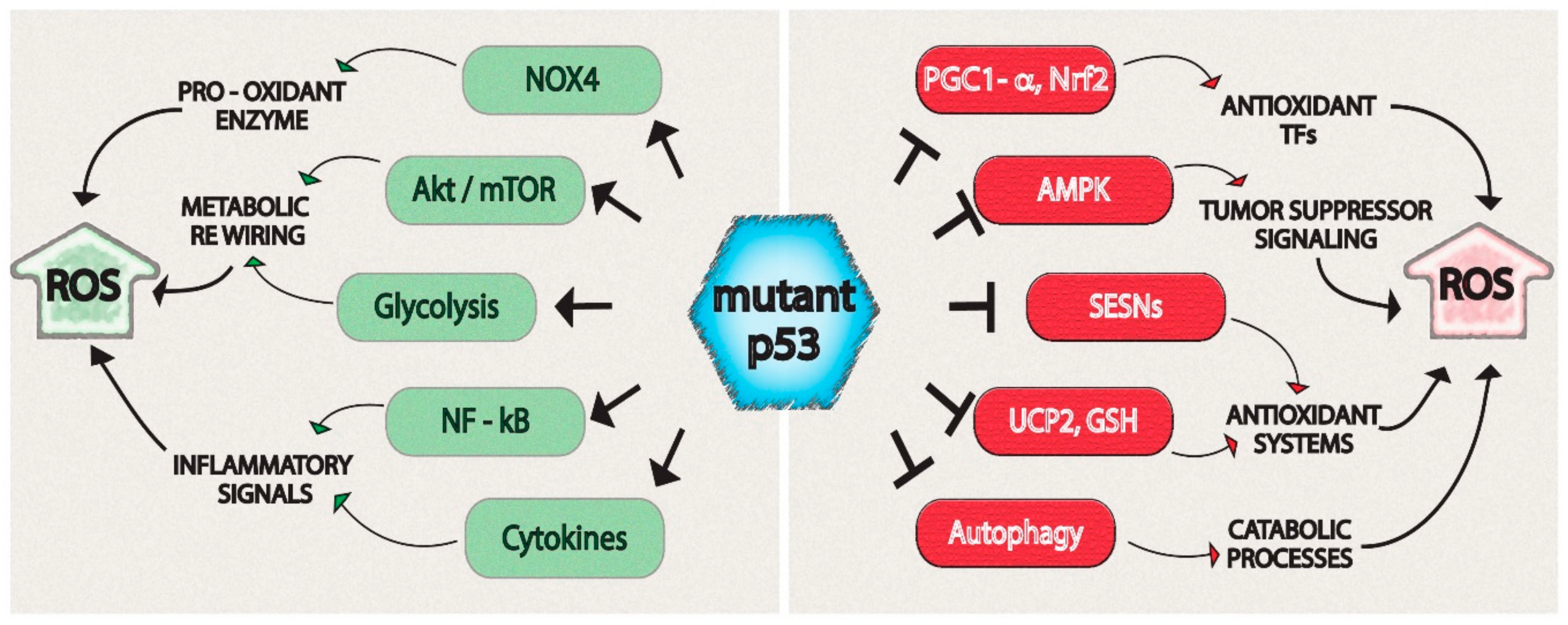
Biomolecules Free Full Text Mutant P53 Associated Molecular Mechanisms Of Ros Regulation In Cancer Cells Html
Primary Information Of P53 Gene

Ijms Free Full Text The Consequence Of Oncomorphic Tp53 Mutations In Ovarian Cancer Html
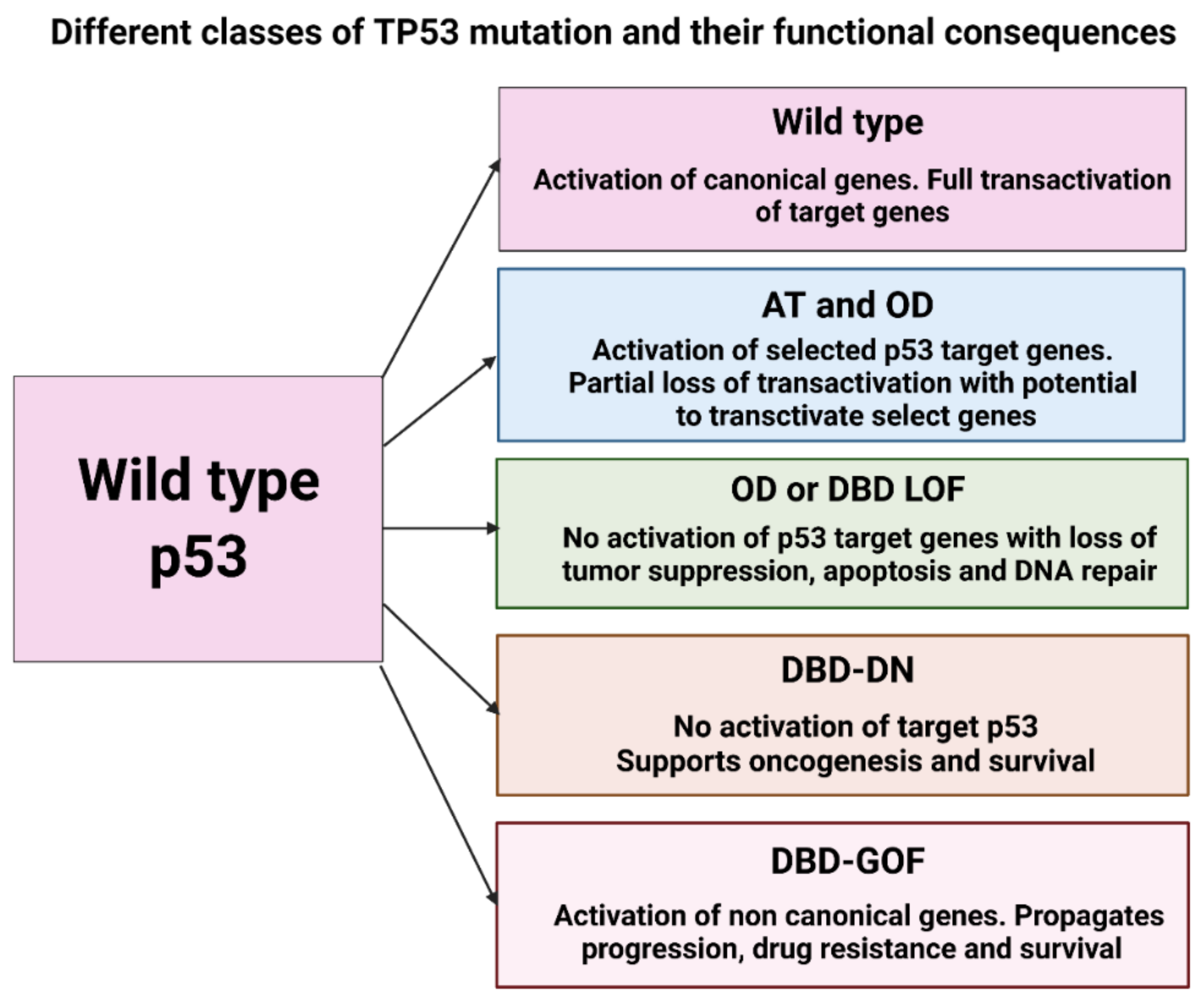
Ijms Free Full Text Tp53 In Acute Myeloid Leukemia Molecular Aspects And Patterns Of Mutation Html
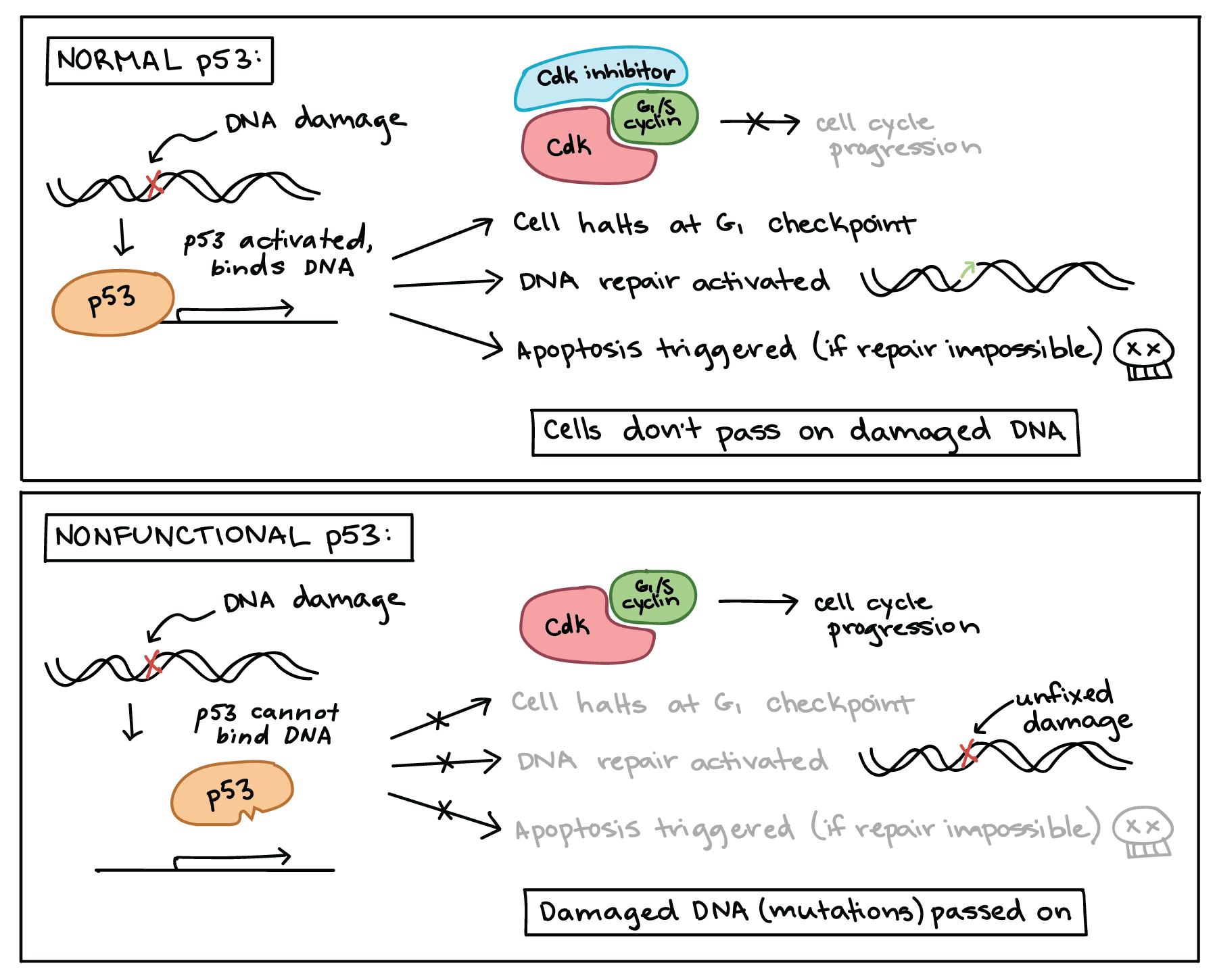
Cancer And The Cell Cycle Biology Article Khan Academy

The Consequences Of Somatic Tp53 Mutations In Tumorigenesis The Download Scientific Diagram
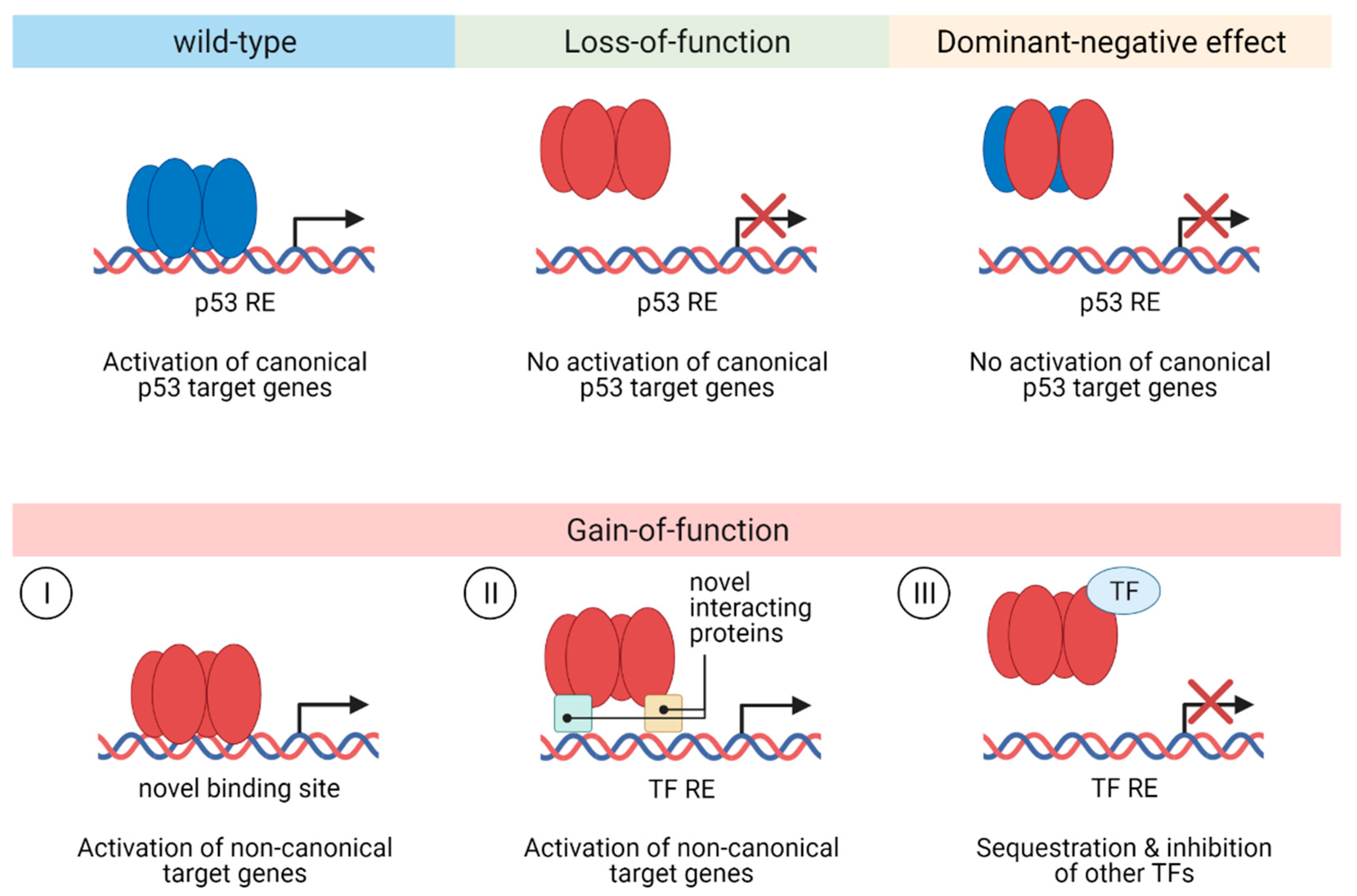
Cancers Free Full Text The Role Of P53 Signaling In Colorectal Cancer Html

The P53 Tumor Suppressor Protein Genes And Disease Ncbi Bookshelf
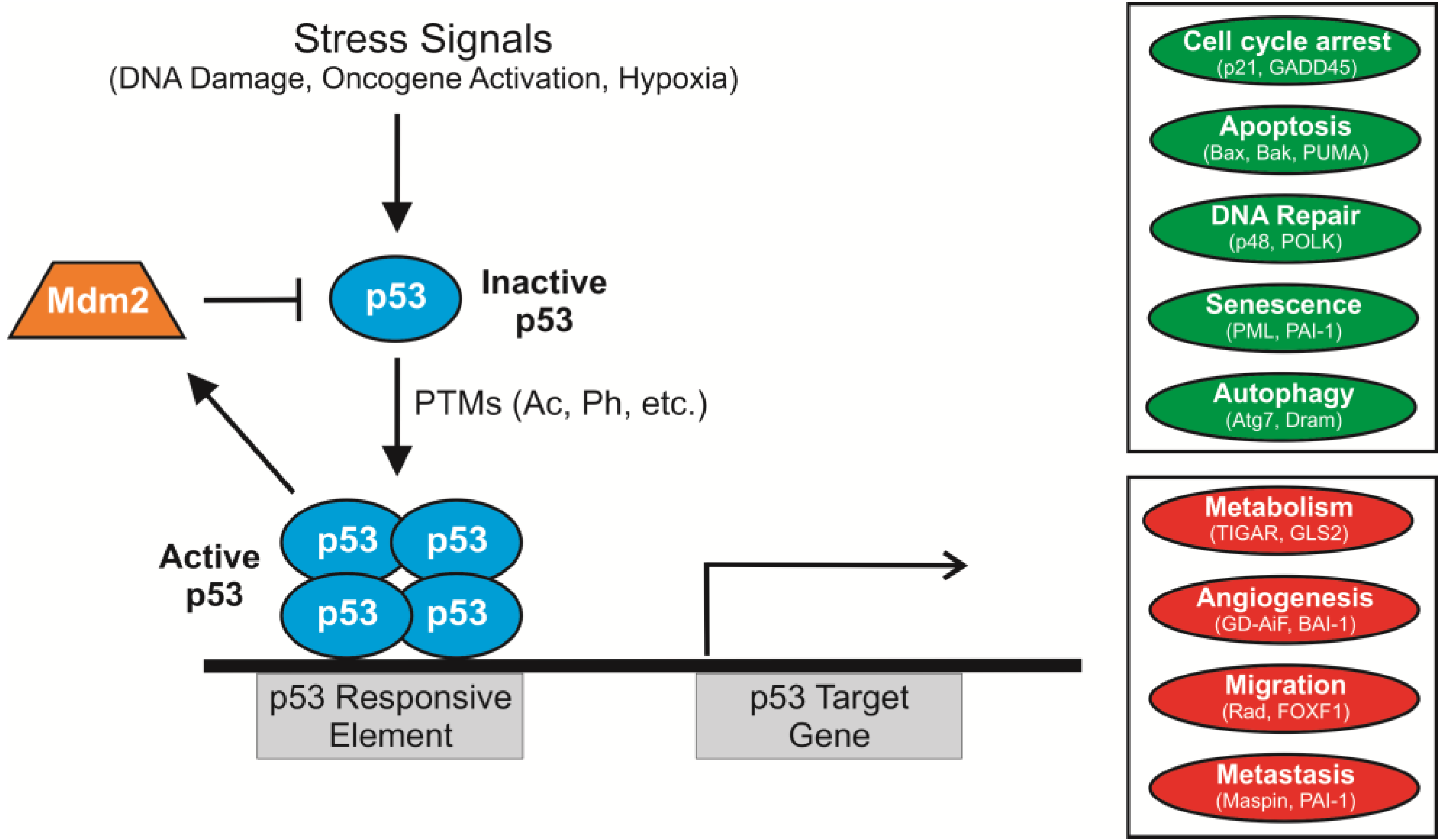
Cancers Free Full Text P53 Acetylation Regulation And Consequences Html
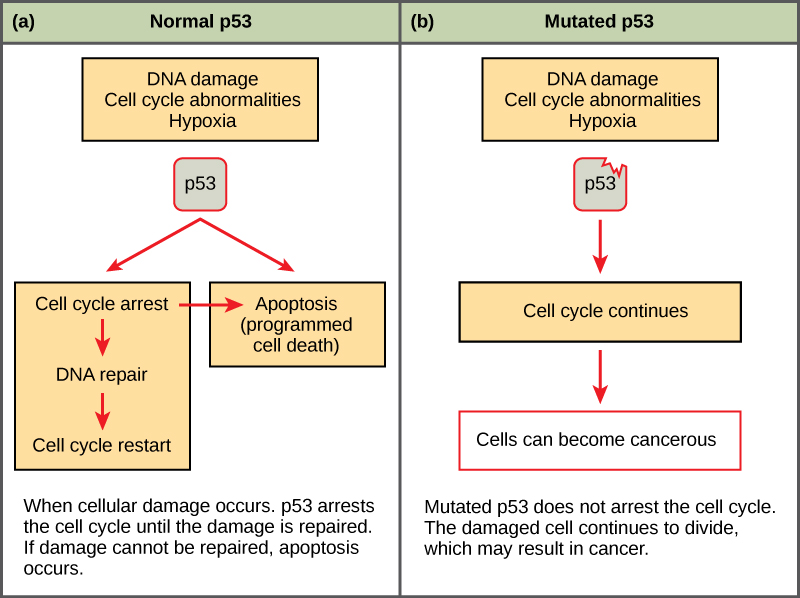
6 3 Cancer And The Cell Cycle Concepts Of Biology 1st Canadian Edition

Germline And Somatic Genetic Variants In The P53 Pathway Interact To Affect Cancer Risk Progression And Drug Response Biorxiv
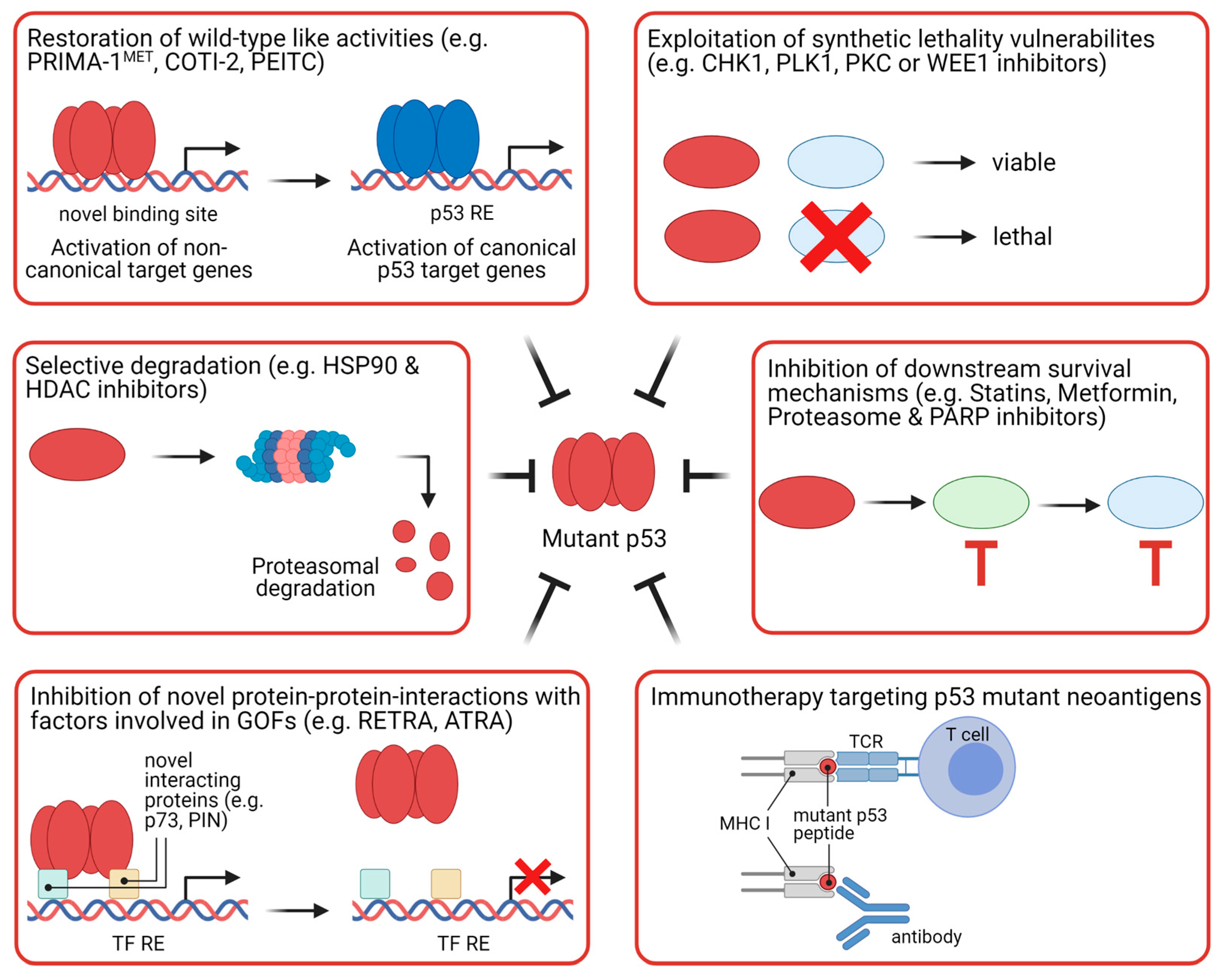
Cancers Free Full Text The Role Of P53 Signaling In Colorectal Cancer Html
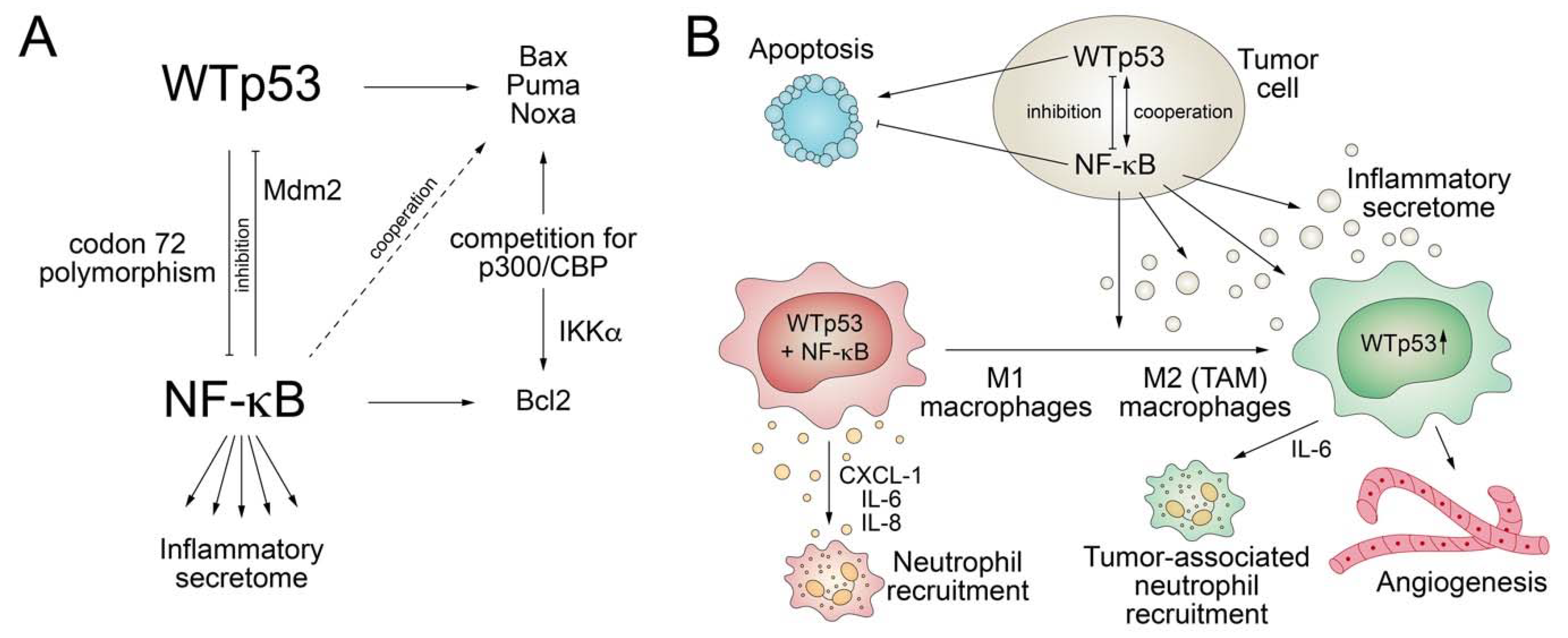
Biomolecules Free Full Text P53 S Extended Reach The Mutant P53 Secretome Html

Comments
Post a Comment